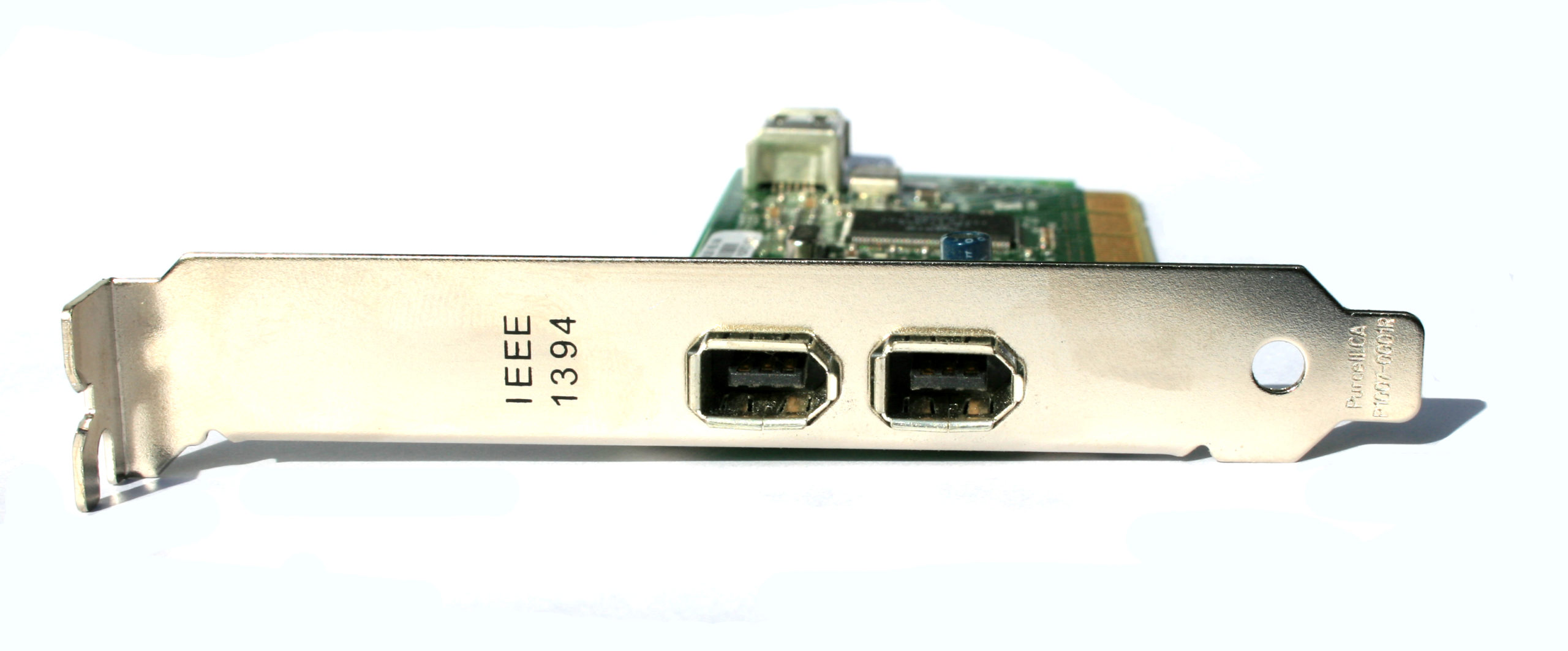Twenty-five years after Apple championed FireWire as the future of high-speed connectivity, Cupertino delivered its execution notice. The company that once killed floppy drives, CD-ROMs, and headphone jacks has claimed another victim with macOS 26. IEEE 1394 — the standard that powered everything from MiniDV camcorders to professional audio interfaces — officially flatlined when the developer preview dropped. This isn’t gentle deprecation; Apple nuked FireWire support from orbit.
Original iPods won’t sync anymore, period. Those chunky white bricks that kickstarted Apple’s portable empire are now expensive paperweights if you upgrade to macOS 26. FireWire external drives collecting dust in your closet? Same fate. Apple didn’t just remove driver support — they erased every trace of FireWire from System Information, Disk Utility, and Finder, like the technology never existed.
Professional Exodus Begins
Audio engineers face an uncomfortable choice between modern macOS and functional workflows. Focusrite Saffire interfaces, PreSonus FireStudio units, and countless other professional tools that still deliver pristine audio quality suddenly can’t communicate with new Macs. Studios built around FireWire gear over the past two decades must rebuild their entire signal chain or maintain older machines indefinitely. The irony cuts deep — equipment that sounds better than many modern USB alternatives becomes worthless overnight.
Meanwhile, data archaeologists scramble to rescue family memories trapped on obsolete media. MiniDV tapes holding wedding footage and FireWire drives stuffed with photo archives face digital extinction unless you act fast. Migration panic feels like frantically clearing your camera roll before hitting that dreaded “storage almost full” notification — except this deadline matters. Thunderbolt-to-FireWire adapters won’t save you; macOS 26 treats them like counterfeit charging cables.
Speed Kills Sentiment
Technically, FireWire deserved this fate years ago. USB-C and Thunderbolt 4 deliver 40 Gbps compared to FireWire 800’s measly 800 Mbps — that’s fifty times faster performance. Modern interfaces handle power delivery, video output, and data transfer through a single cable, while FireWire required separate power adapters for most devices. Progress demands casualties, and FireWire’s consistent latency advantages can’t compete with raw bandwidth improvements.
Apple‘s betting most users won’t notice this digital amputation, and they’re probably right. Keep an older Mac for legacy duties or accept that some gear reached its expiration date. Either way, the IEEE 1394 era officially ends with macOS 26’s release.






0 Comments